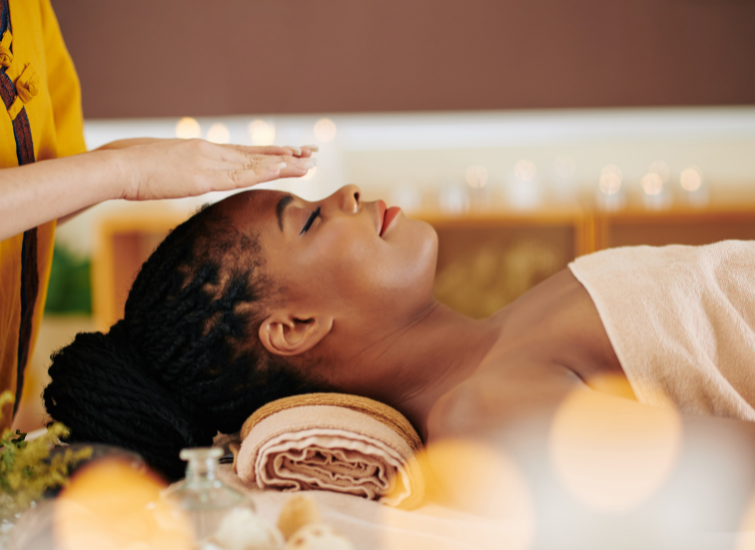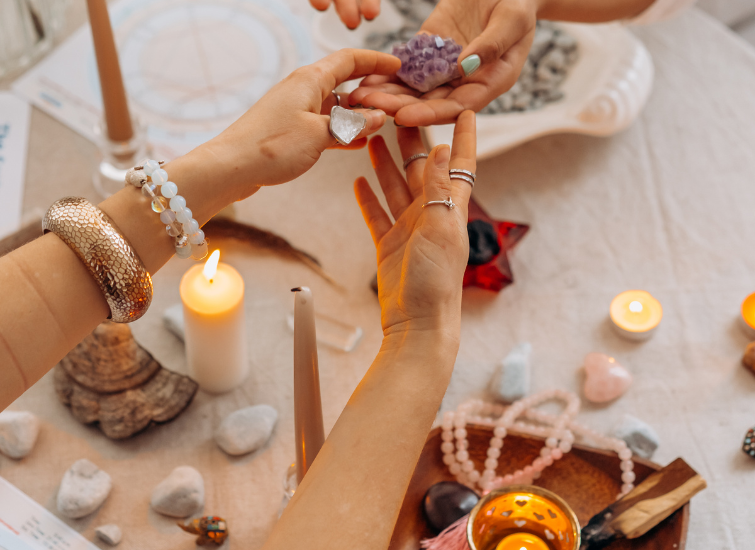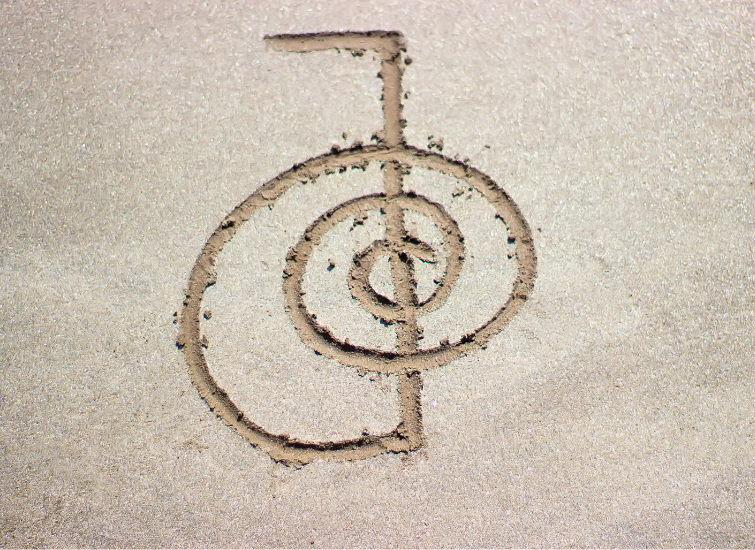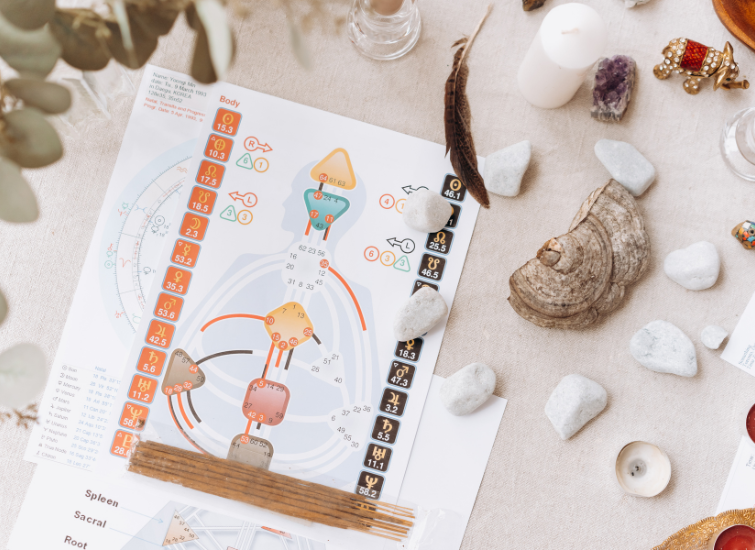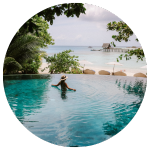The practice of Reiki in Japan often takes place in serene and tranquil settings, such as traditional Japanese gardens or peaceful temples. These serene environments help create a sense of calm and relaxation, which is essential for the practice of Reiki.
During a Reiki session in Japan, the practitioner begins by creating a sacred space and setting their intention to channel the healing energy. The recipient, fully clothed, lies down on a comfortable mat or futon. The practitioner then places their hands gently on or slightly above the recipient’s body, following a specific sequence of hand positions.
The practitioner focuses on channeling the universal life force energy, or Ki, into the recipient’s body. They believe that this energy flows through their hands and into the recipient, promoting balance and harmony within the body, mind, and spirit.
In Japan, Reiki is not only used for physical healing but also for emotional and spiritual well-being. It is seen as a holistic practice that addresses the whole person, rather than just the symptoms of a specific ailment.
Reiki is often used to reduce stress, promote relaxation, and enhance overall vitality.
The duration of a Reiki session in Japan can vary, but it typically lasts around 60 to 90 minutes. During this time, the recipient may experience sensations of warmth, tingling, or deep relaxation. Some individuals may even enter a meditative state or feel a deep sense of peace and connection.
After the session, it is common for the practitioner and recipient to reflect on the experience and discuss any insights or sensations that arose during the treatment.
This reflection allows for a deeper understanding of the healing process and encourages personal growth and self-awareness.
In Japan, Reiki is not only practiced in professional settings but also within families and communities. It is seen as a way to support and nurture one another, promoting overall well-being and harmony within relationships.
Overall, Reiki in Japan is deeply ingrained in the culture and is viewed as a powerful tool for healing and personal growth. Its gentle and non-invasive nature makes it accessible to people of all ages and backgrounds, allowing them to tap into the universal life force energy and experience its transformative effects.

